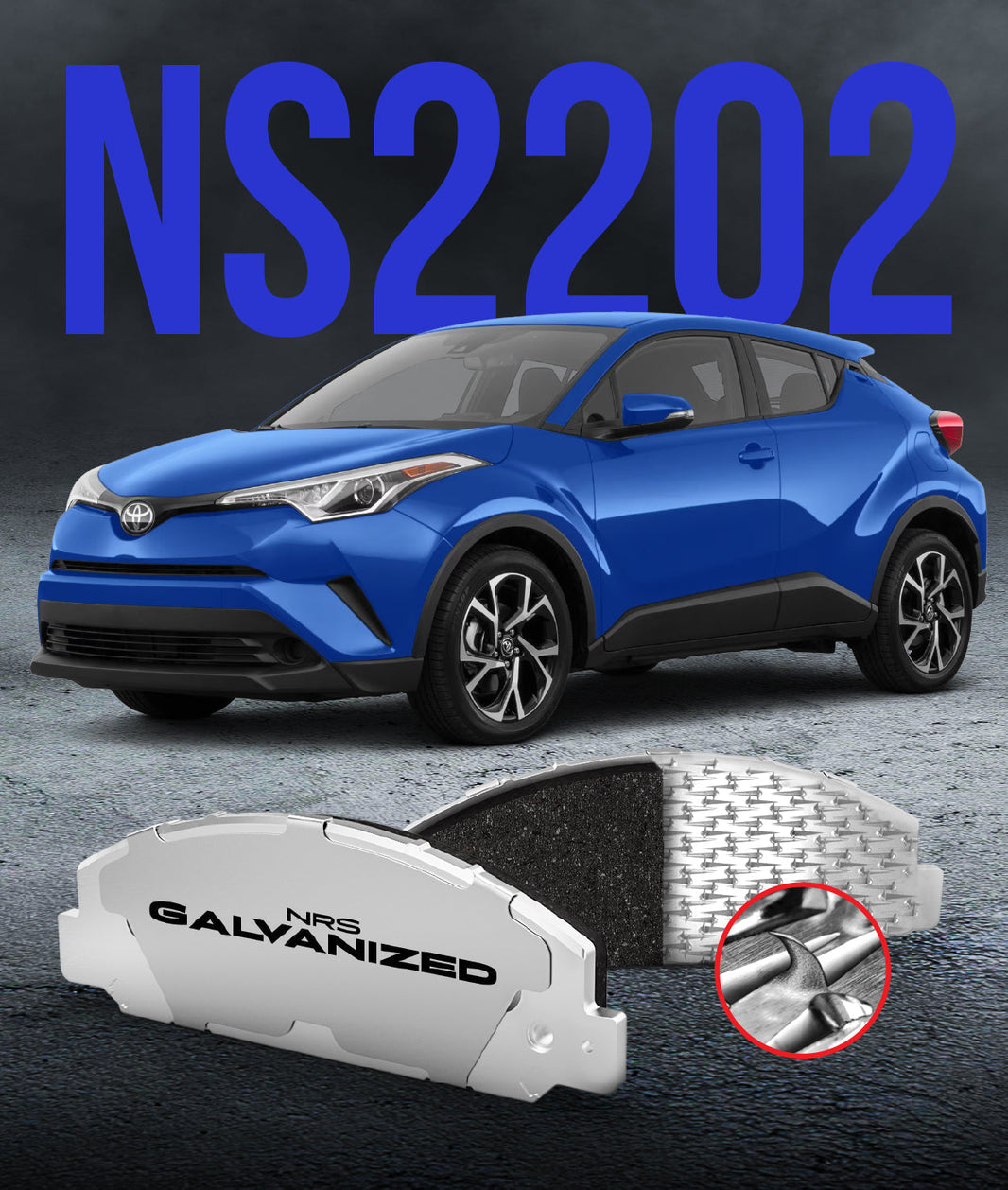The world is moving steadily towards the use of electric vehicles over gasoline ones. State and national governments around the world are coming together to place a moratorium on the sale of new gasoline and diesel vehicles between the years 2030 and 2040, with exact deadlines and rules varying between different places.
This dramatic shift means that all of us are going to have to quickly get familiar with the four main types of electric vehicles (EVs) that are present in the marketplace, namely: hybrid cars, battery electric vehicles (BEVs), plug-in hybrids (PHEVs), and fuel cell electric vehicles (FCEV). Let’s have a brief introduction of each one:
Hybrid Cars
These were the earliest mass-produced EVs, with perhaps the most iconic models being the Toyota Prius and the Honda Insight. Since then, pretty much the entire Toyota range now comes with hybrid models available. Hybrid cars use a combination of lithium battery power and internal combustion engine power. Electric power is used to power the car at low speeds to help make the engine more efficient, with the engine kicking in automatically when the car hits higher speeds, or when the electric powertrain is low on power. The engine then recharges the battery as it works.
BEVs
These are the “pure” electric vehicles that are well represented by brands like Tesla. Most major OEMs now offer at least one BEV in their range, such as the Audi e-tron, Volkswagen ID.4, Chevrolet Bolt, and so on. These cars run solely on power produced by a lithium-ion battery pack.
The battery powers anywhere from 1 to 3 electric motors that work the axles and move the car forward or backward. When power is low, the cars need to be plugged into a power source to recharge. Charge times vary depending on the battery capacity and the power of the energy flow at source. Many models also reclaim energy for the battery via regenerative braking.
PHEVs
Plug-in hybrids work very much like regular hybrid cars and are constructed in a similar fashion. The main difference is that instead of the engine being the only way to charge the lithium battery, the car can be plugged in for recharging. Regular hybrids cannot do this. What’s more, a PHEV can also recoup energy through regenerative braking, making them closer to BEVs in what they can offer.
In addition, PHEVs offer greater electric-only range compared to regular hybrids. Cars like the Toyota Prius typically only offer 11-13 miles of electric only range, while many PHEVs offer at least 25 miles, and up to 50+ miles on some models.
FCEVs
A fuel cell electric vehicle works by generating its electricity via a fuel cell powered by hydrogen. The efficient process uses up hydrogen in the fuel cell to generate electrical energy that drives similar electric motors that you’ll find in BEVs. The difference is that instead of charging FCEVs at an electrical outlet, you refuel them at a hydrogen fuel station, where you can add hydrogen in a similar fashion to adding gasoline.
Few FCEV production models are available, the most well-known of which is arguably the Toyota Mirai, currently only available in select markets in Japan, the US, Canada and Europe. Other locations have tried to incorporate FCEV into public transport and taxi fleets, such as Copenhagen adding 100 FCEV taxis (Toyota Mirai) in 2021.
Which One is Right for You?
The key with the EV market is to know which one is best for your particular needs. Here are a few pointers:
● If you have no access to a private charging point at home, and/or have limited options for plug-in charging either at home or your workplace, then a hybrid car is the better choice.
● Equally, if you have access to plug-in charging and mostly use your car for daily errands, commuting, school run and whatnot, with only very occasional distance travel, then either a PHEV or BEV is a good move.
● If gasoline prices are high for you, then switching to a BEV will save you on running costs. Charging during off-peak electricity times invariably makes BEVs cheaper to run than filling a car with gasoline every week.
● FCEVs are only viable if you have the fueling infrastructure in places you know you will regularly travel. If you have those hydrogen stations and you rarely deviate from that area, then it’s arguably the most efficient type of car you can get.
Learn about Electric Vehicle Brakes through our article How to Find the Right Brake Pads for Your EV.
Visit our website or send us an email at info@nrsbrakes.com for more information. And if you're ready to make an investment in your electric vehicle by purchasing high-quality ev brake pads, visit our online store. Have fun shopping!.




